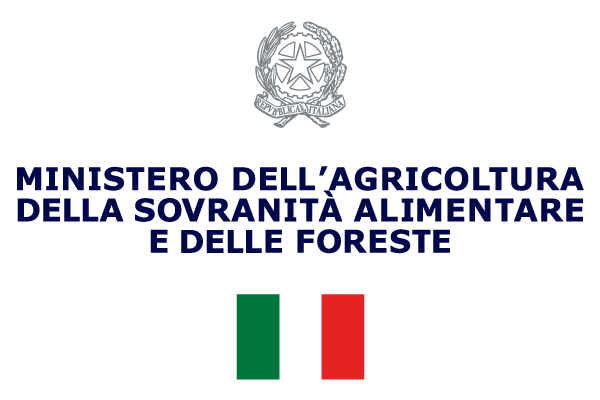Demand for organic produce has outgrown the supply in the US. Worse, instead of growing to meet the demand, the number of farmers switching to grow organic crops is dropping. Last month, the USDA said it would spend up to $300 million to help more farmers make the switch.
Chris Schreiner, the executive director of the organic-approving organization Oregon Tilth, said that expanding technical training is important because of the difference between farming land with usual, or conventional methods, and organic ones.
Most conventional farms use synthetic fertilizers and pesticides and genetically changed seeds, but these are banned on organic farms. Organic farmers must control unwanted plants and animals with different methods. They include seasonally changing crops and planting cover crops that push out unwanted plants and add nutrients to the soil.
Crops can only be called organic if they are grown on land that has not been treated with synthetic products for three years. During that period, farmers can grow crops, but they do not get the extra income that comes with organic crops.
Data from the USDA shows the number of conventional farms newly changing to organic production dropped by about 70 percent from 2008 to 2019. Organic produce makes up about six percent of overall food sales, but only one percent of the country’s farmland is in organic production. Foreign producers make up the rest.
Source: FreshPlaza






